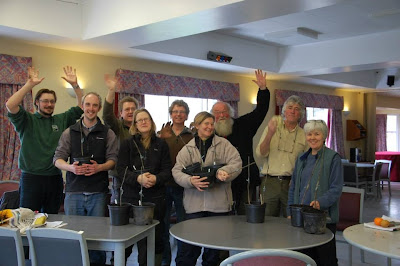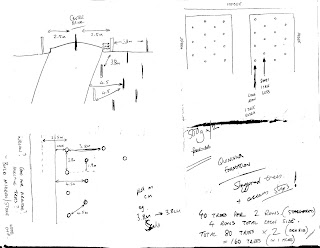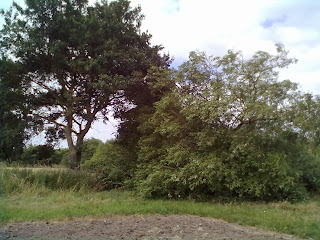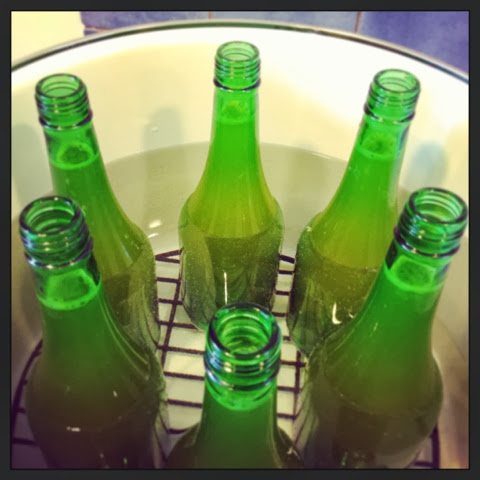
Earlier this year I was involved with the Food Champions scheme run by the Wiltshire Wildlife Trust and attended a grafting course with other members of local community orchards. The course was fantastic and gave me the skills to take cuttings from exisiting fruit trees and to 'graft' these onto suitable roots and to grow them on before planting out.
It's a fantastic skill to learn, especially if you have an older apple tree in your garden that you would like to keep in the form of a brand new tree with the same desired fruit on it. It may be a family heirloom tree that could remain 'living' for many years to come.

A few years back when I began to become more involved with everything apple I wrote an article which was published in Living Woods magazine titled 'The Art of Grafting'.
If you have considered having a go yourself at grafting fruit trees please get in touch where I can send you the original article with instructions on how to successfully graft your own apple tree.
Purchasing lime for the field was quite expensive but it's the small achievements that have made this journey so enjoyable and today I've found that those tiny influences have worked wonders.
The lime I added was needed to correct the pH levels in the soil and a few months back I danced around the field broadcasting lime powder left and right in rows. I knew that apple trees prefer a very slightly acidic soil and that this field was just too low for them, at around 5.90 pH.
So that was then and I thought that this small amount of powder wouldn't do too much. I've just performed a soil test taken from the orchard field this week, I have to say I'm delighted with the results.
From the photo above you can see that the pH has been adjusted to almost 7.0pH with a slight orange tint in the test tube which puts it nearer the 6.5 mark....fantastic! This means that I can sit tight for the remainder of the summer and will re-test the soil nearer to planting time where I may need to add just a touch more lime in the planting holes.
It just leaves the other small task of weed control....I'm attempting to keep the field as organic as possible so this means rolling up my sleeves and giving each weed a stern talking to.
Thistle pulling in the early morning June heat wave






